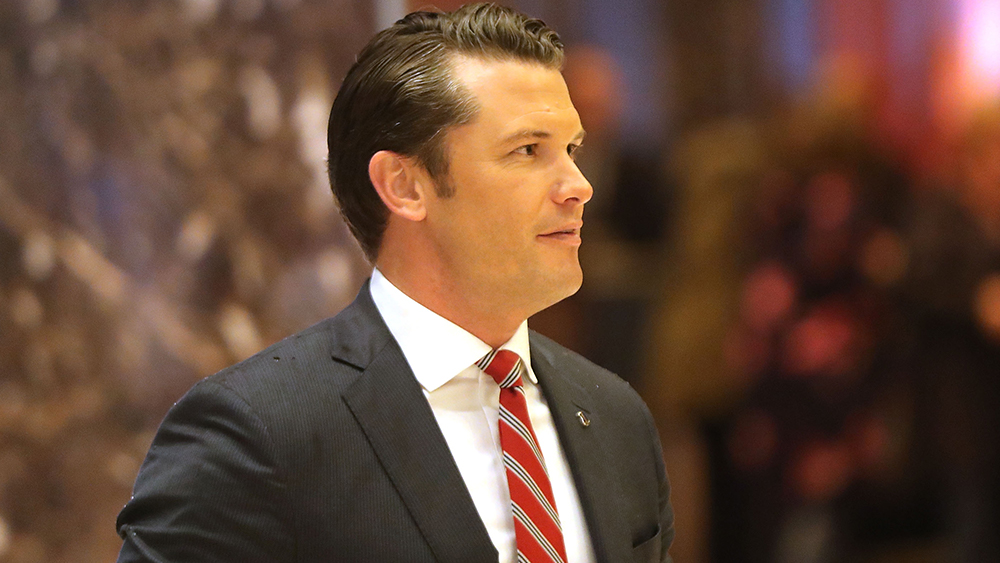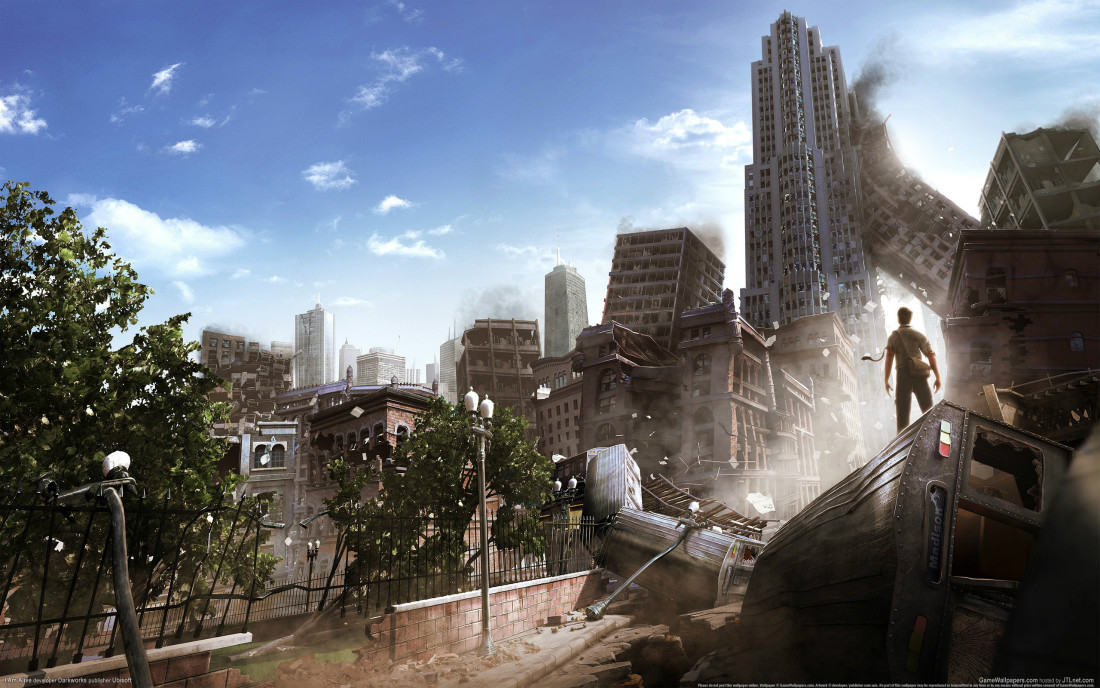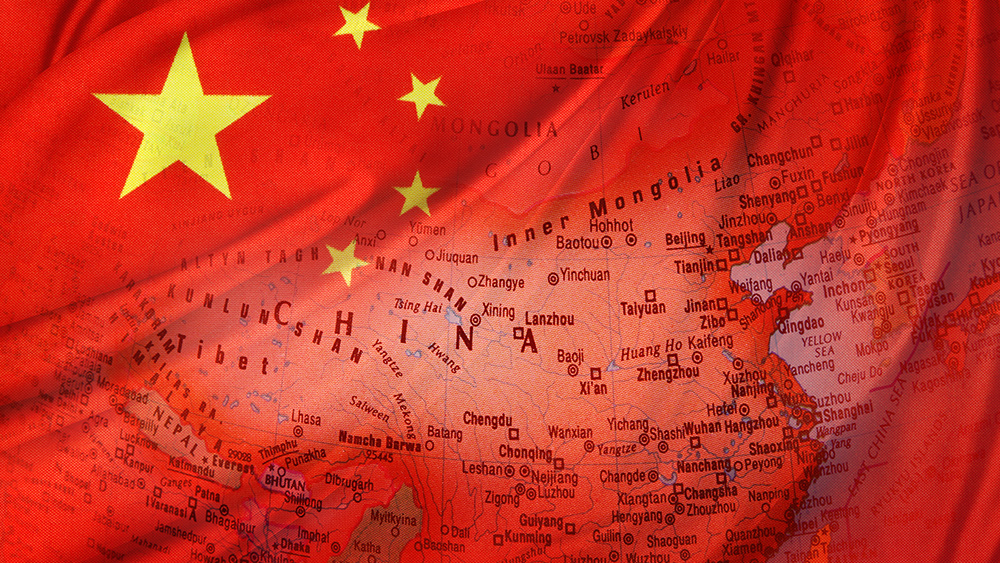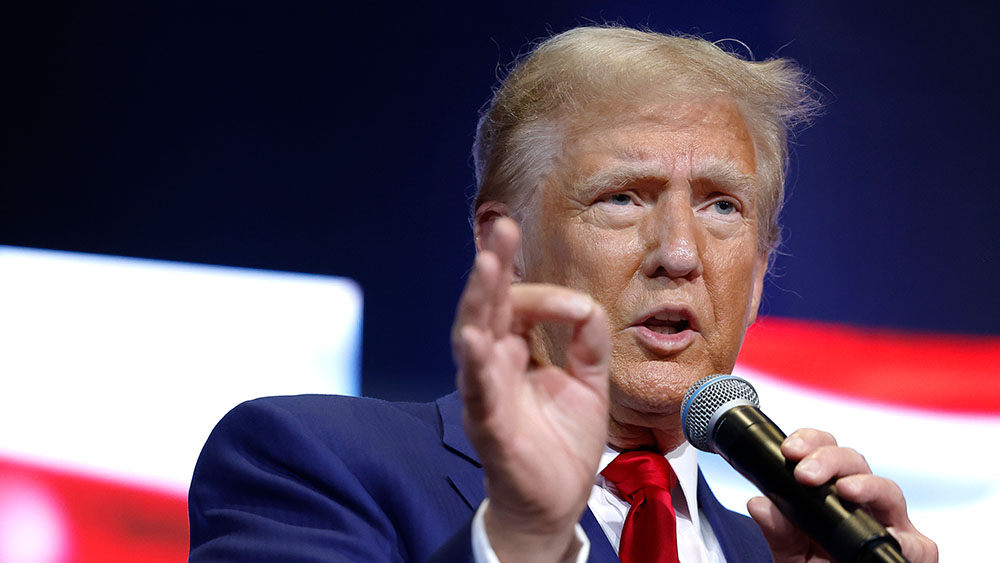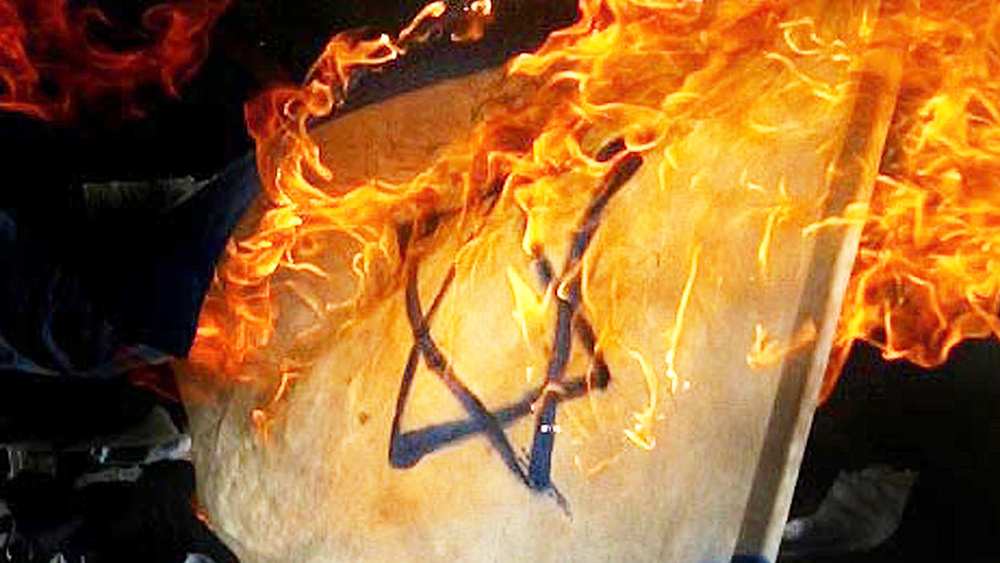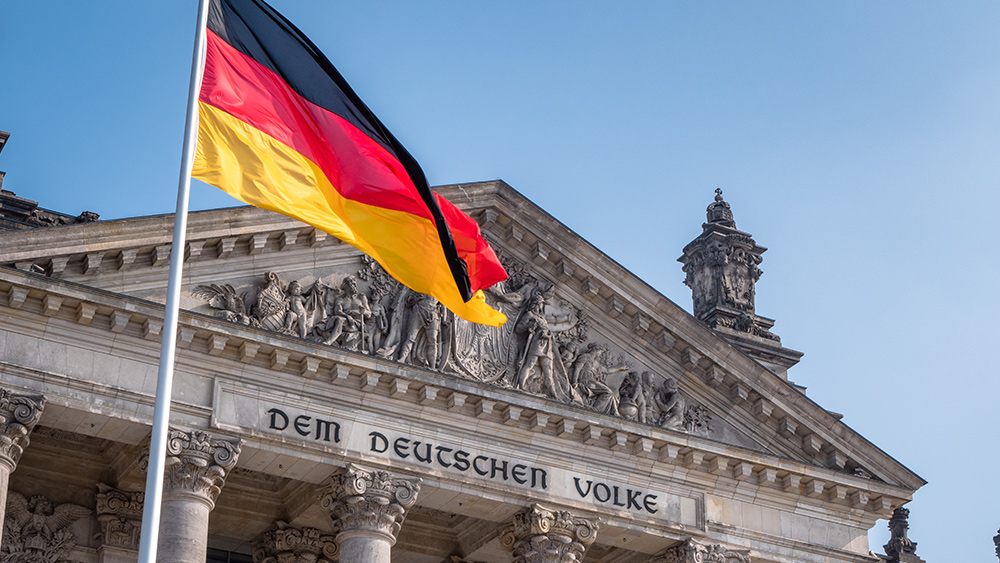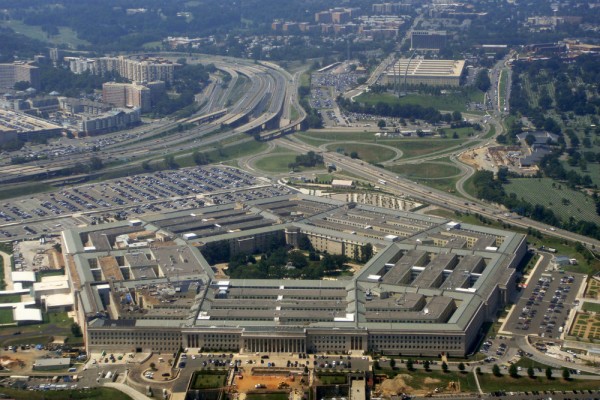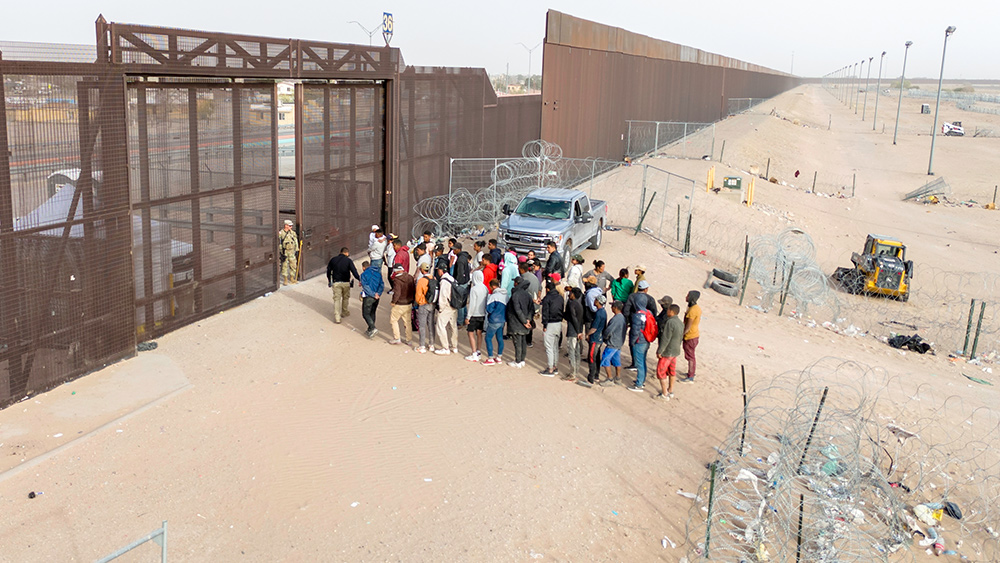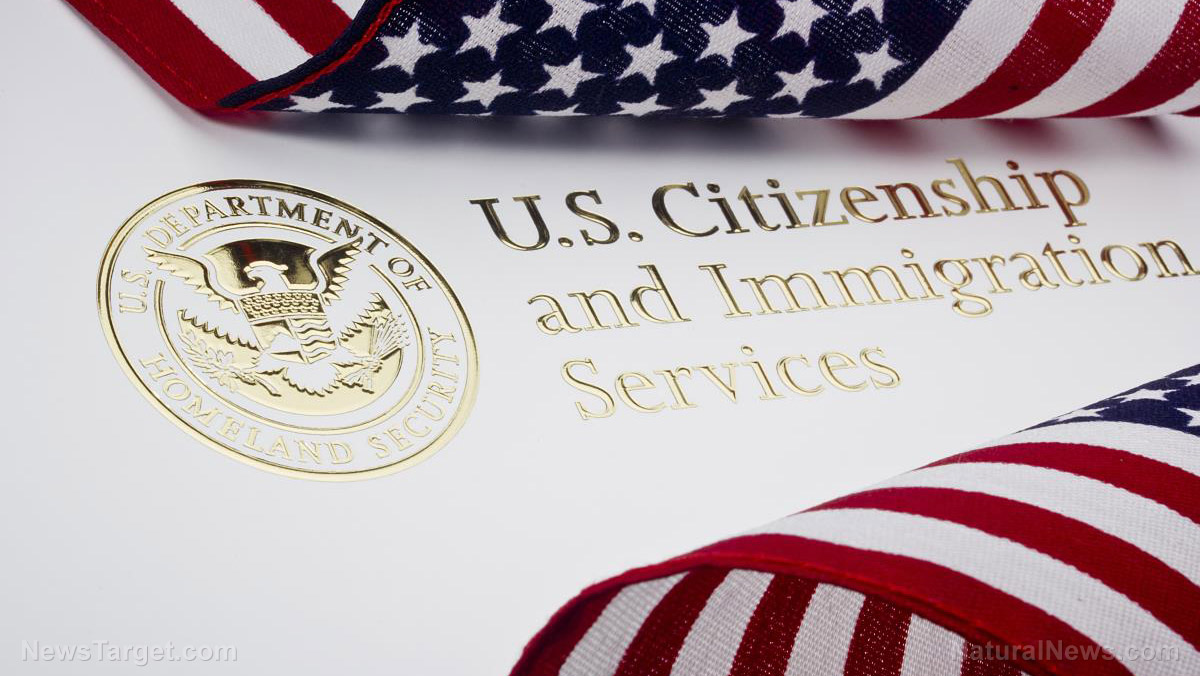US GAINS GROUND in battle with China in Panama Canal dispute
04/10/2025 / By Lance D Johnson
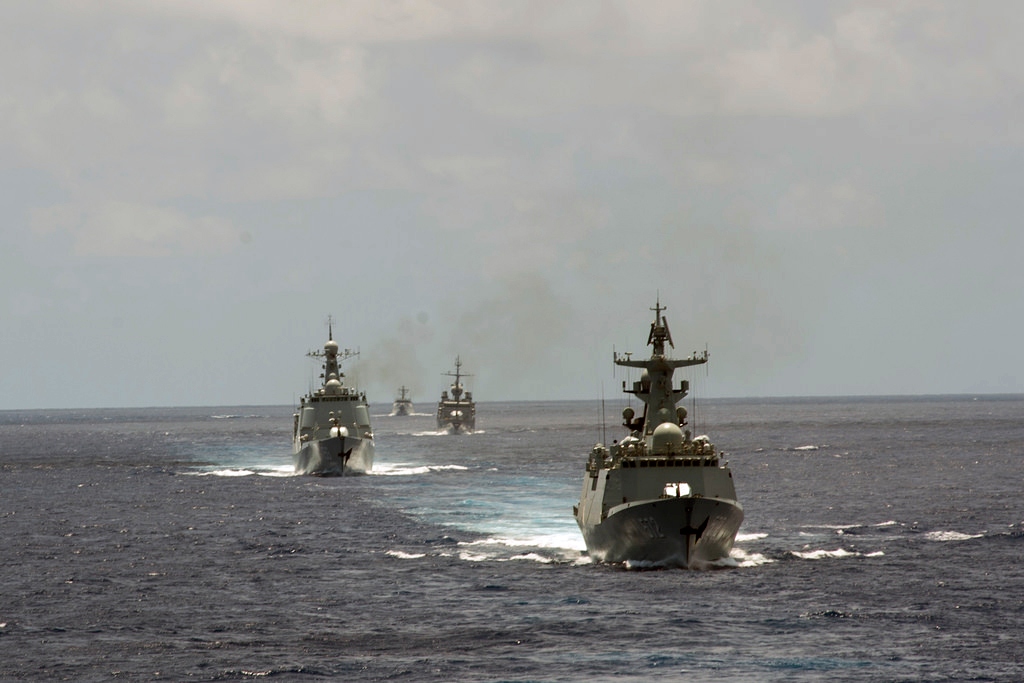
- The U.S. is aggressively pursuing military control over the Panama Canal to counter China’s growing influence.
- Panama initially rejected Trump’s demands but now negotiates with the U.S., signaling a major geopolitical shift.
- Defense Secretary Pete Hegseth warns of “Chinese maligned influence” while securing new military agreements with Panama.
- Historical tensions resurface as the U.S. seeks to reverse its 1999 handover of the canal to Panama.
The Panama Canal, a linchpin of global trade, is now at the center of a geopolitical power struggle between the United States and China. What began as heated rhetoric from former President Donald Trump — threatening to “take back” the canal — has evolved into tangible military maneuvers, joint exercises, and infrastructure investments aimed at securing America’s dominance. But beneath the surface of this renewed American assertiveness lies a deeper question: Is this a bold reclamation of strategic control, or an overreach that risks destabilizing the region, with UN involvement?
A century of power shifts: How the Panama Canal became a battleground
Built by the United States in 1914, the Panama Canal was a testament to American engineering and imperialism. The U.S. exercised full control for decades, a privilege secured under dubious circumstances after supporting Panama’s secession from Colombia. Yet in 1999, under the 1977 Torrijos-Carter Treaties, the U.S. transferred control to Panama — a move Trump has repeatedly denounced as a “horrible mistake.”
Now, the U.S. is scrambling to undo that decision amid concerns that Chinese companies, like the Hong Kong-based Hutchison Ports, have gained too much influence over canal operations. Defense Secretary Pete Hegseth has framed this as an existential battle, declaring, “China did not build this canal. China does not operate this canal. And China will not weaponize this canal.” But what he doesn’t mention is that American intervention risks violating Panama’s sovereignty, a tension already flaring in diplomatic confrontations at the United Nations.
From resistance to cooperation: Panama’s precarious dance with the U.S.
Earlier this year, Panama’s government furiously rejected Trump’s threats, asserting that the canal remained Panama’s “inalienable patrimony.” President José Raúl Mulino even lodged a UN complaint, citing violations of international law. Yet barely months later, Panama is negotiating with the U.S., allowing American troops at old military bases like Rodman Naval Station and Howard Air Force Base — former Cold War relics now revived as staging grounds to counter China.
Has Panama succumbed to pressure, or is this strategic pragmatism? The truth likely lies in economic desperation. Panama’s economy thrives on canal revenues, and Chinese control threatens U.S. trade routes. By allowing American military cooperation, Panama may be playing both sides — but with the U.S. flexing muscle, their options are narrowing fast.
Will Trump’s negotiating strategy work in Panama?
History doesn’t repeat, but it rhymes. The U.S. seizure of the Panama Canal in 1903 was justified as securing “American interests.” Today, the same rhetoric echoes in Trump’s threats. But the world has changed, and Trump understands this. His threats could be part of a broader negotiating strategy. While China won’t back down easily, and Panama won’t surrender sovereignty without a fight, the U.S. isn’t really seeking global supremacy. This isn’t about imperialism, to dominate other nations. While critics warn that U.S. threats could trigger unintended consequences — economic retaliation, regional instability, or even a proxy conflict with China in America’s backyard — there is an art to the deal here.
Defense Secretary Hegseth says the Administration is looking forward toward a “golden age of clear-eyed Americanism.” “We want this to be a golden age for our countries, together, and for this hemisphere,” Hegseth said. “We want — in short — not only to make America great again, but to make the Americas great again.”
Source include:
Submit a correction >>
Tagged Under:
arctic security, big government, chinese expansion, Donald Trump, economic warfare, foreign relations, geopolitics, global trade, infrastructure control, military bases, military strategy, national security, naval power, Panama Canal, Pete Hegseth, progress, sovereignty, suez canal, un charter, US foreign policy
This article may contain statements that reflect the opinion of the author
RECENT NEWS & ARTICLES
COPYRIGHT © 2017 NATIONAL SECURITY NEWS


